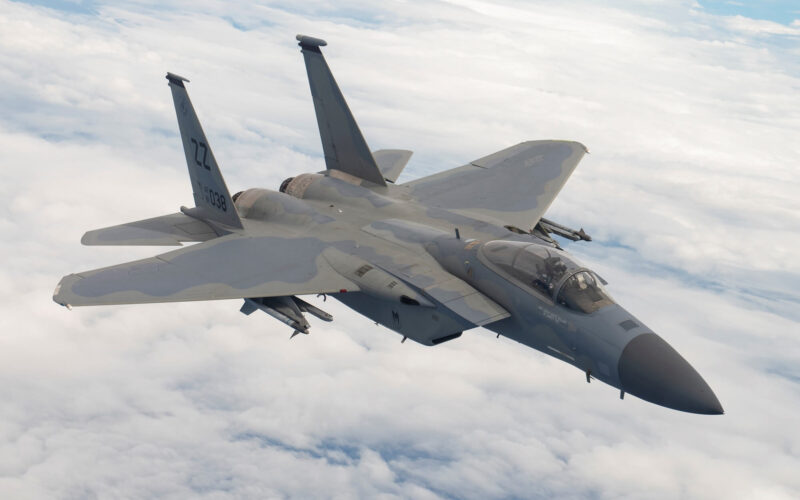The United States Department of Defense confirmed that the permanent presence of F-15 fighters in Japan will be progressively phased out starting from November 2022.
Since 1979, two squadrons of F-15 C/D Eagles, the 44th and 67th Fighter Squadrons, have been continuously deployed to Kadena Air Base. The aging airframes will be progressively phased out over two years, starting on November 1, 2022.
To fill the capacity gap left by the departure of the F-15s, the 18th Wing said that “newer and more advanced aircraft” would be temporarily deployed in Kadena.
“The US commitment to regional deterrence and the defense of Japan is ironclad,” the wing said in a statement. “Modernizing our capabilities in the Indo-Pacific theater remains a top priority for the US.”
It remains unclear at this point whether the F-15 will be replaced by another permanent presence, or if the rotation will become the norm.
The workhorse of air superiority
The F-15 Strike Eagle is one of the elders in the United States arsenal. Since it entered service in 1976, the fighter jet dedicated to air superiority was regularly updated.
Expected to be retired in the 2020s for some time, the aircraft was instead developed into yet another iteration, named the F-15EX Advanced Eagle, which prompted a needed technological leap for the aging airframe. The F-15EX will progressively replace the aging F-15C/D fleets within the USAF.
The Japanese Air Self-Defense Force also operates the F-15 Eagle. The Mitsubishi F-15J, a homegrown version of the fighter, is currently acting as the JASDF’s main interceptor. In 2021, the Japanese government included the modernization of Japan’s F-15J fleet into the so-called F-15JSI (Japan Super Interceptor) variant in the fiscal year budget.
In its last fiscal year, which ended on March 31, 2022, the Japanese Air Self-Defense Force reported carrying out 1,004 alert scrambles. This marks the second busiest year, after the record-high 1,168 scrambles during the fiscal year 2016. The main reason for the increase in alerts was a surge in activity from the People’s Liberation Air Force around Japan’s air defense identification zone (ADIZ). The number of scrambles for Chinese military aircraft was 722 in 2021, against 458 the previous year.

